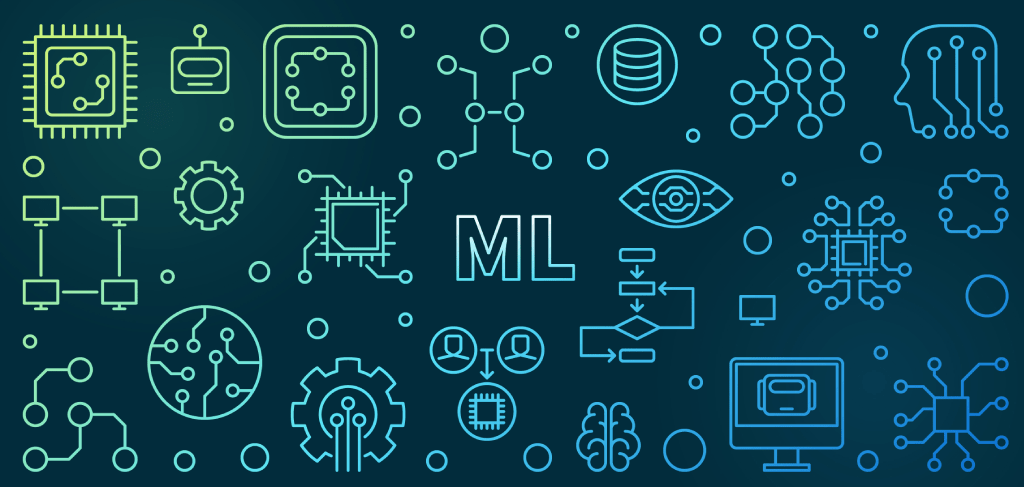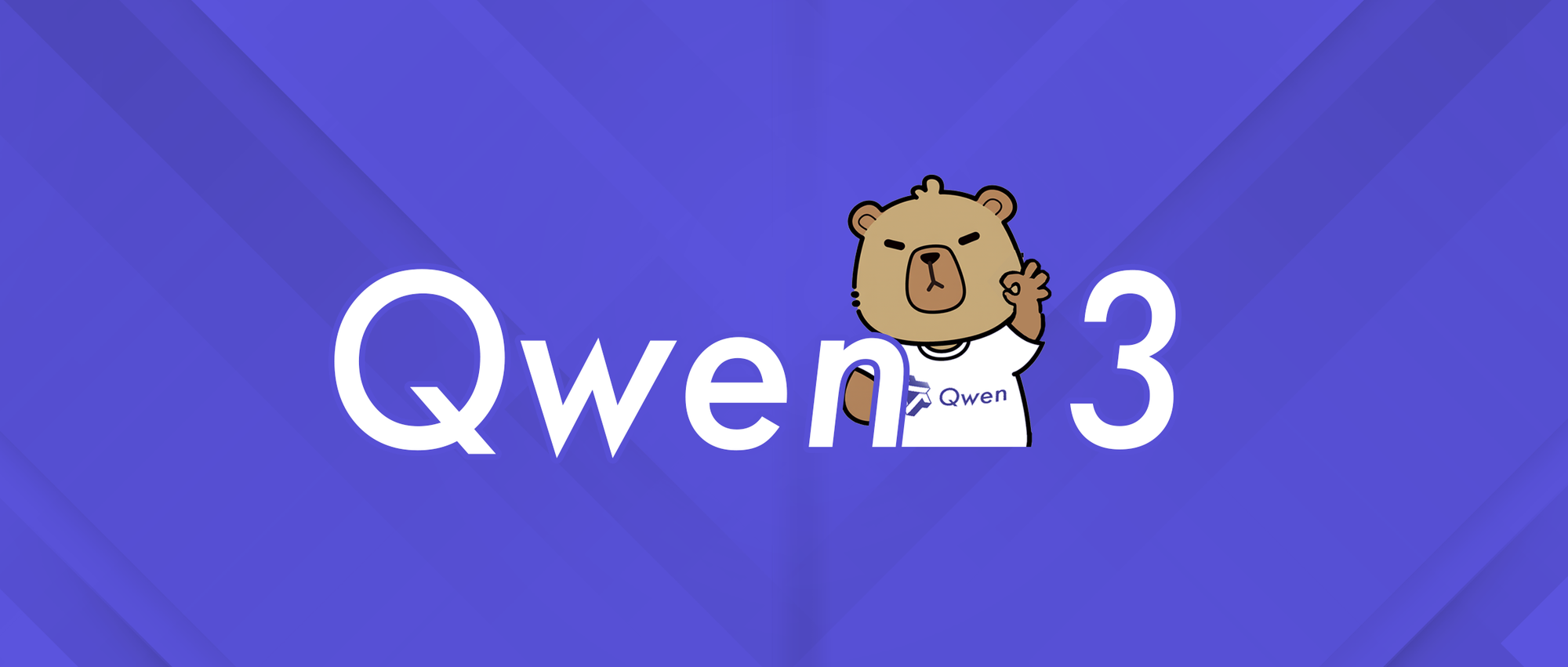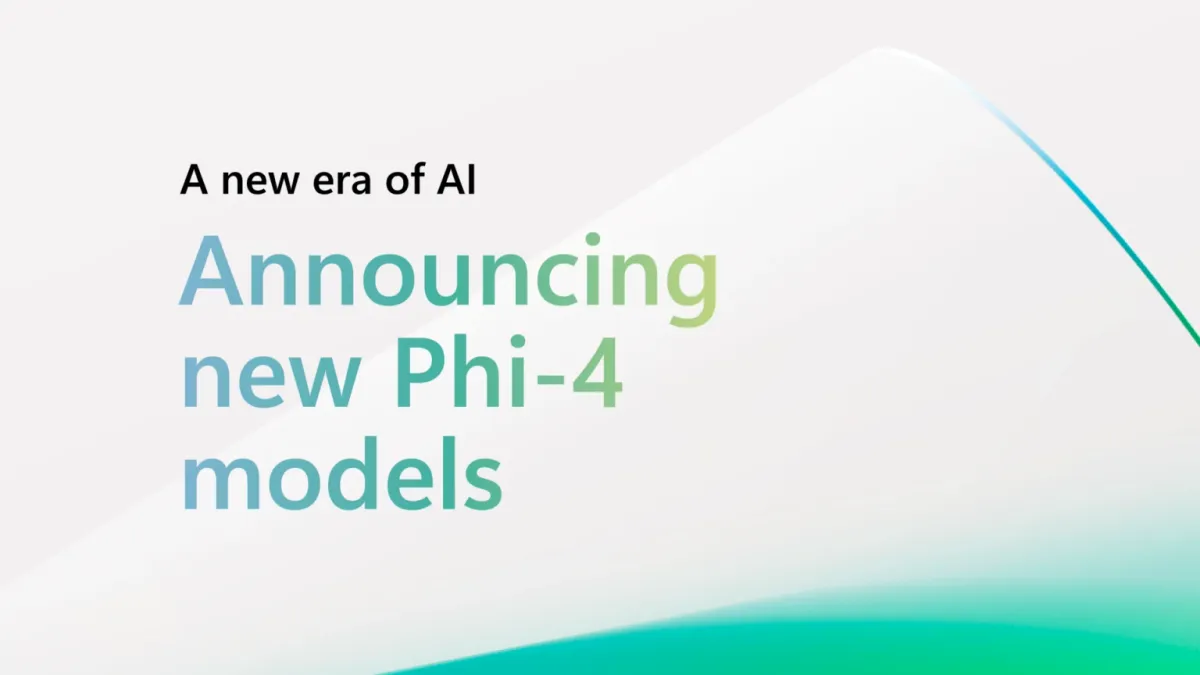Hi again! In the first part of the article, we have covered Machine Learning tasks (Supervised, Unsupervised, and Reinforcement Learning) and such algorithms as Linear Regression, K-Nearest Neighbors (kNN), Convolutional Neural Network (CNN). In Part 2, we will review common methods of statistical analysis. But, to begin with, let’s figure out what exactly data analysis is.
What Is Data Analysis?
Data analysis is known as the science of examining sets of data to draw conclusions about any information (data), to allow to make decisions or just to develop the knowledge on various subjects.
It consists of subjecting data to operations. This is made to achieve precise conclusions that will help us access our objectives, such as operations that simply are not capable to be previously defined since data collection may reveal specific difficulties.
Here we gathered some of methods which are going to be extra helpful for your work as data scientist. There are going to be five of them: Autoregressive, Mean, Text Analysis, Hypothesis Testing and Predictive Analysis.
Methods of Data Analysis
Autoregression
First, we are going to discuss autoregression. It is a time series model that uses observations from previous time steps as input to a regression equation to predict the value at the next time step. Autoregression models use regression techniques and rely on autocorrelation in order to make accurate predictions.
For beginners, time series analysis represents the class of problems where the dependent variable or response variable values do depend upon the value of the response variable measured in the past. From a machine learning terminology perspective, time can thus be called an independent variable when training a model.
Mean
Second method is called mean. It is used to perform the statistical analysis, which is referred to as the average. When you’re looking to calculate the mean, you add up a list of numbers and then divide that number by the items on the list. The time when this method is used it allows for determining the overall trend of a data set, as well as the ability to obtain a fast and concise view of the data. Users of this method also benefit from the simplistic and quick calculation.
The statistical mean is coming up with the central point of the data that’s being processed. The result is referred to as the mean of the data provided. In real world, people typically use mean in research, academics, and sports.
Text Analysis
The third one is text analysis — a special technique of analyzing texts for extracting machine-readable facts. It aims to create structured data out of free and unstructured content. The process consists of slicing and dicing heaps of unstructured, heterogeneous files into easy-to-read, manage and interpret data pieces. If a machine performs text analysis, it identifies important information within the text itself, but if it performs text analytics, it reveals patterns across thousands of texts, resulting in graphs, reports, tables, etc.
Companies use Text Analysis to set the stage for a data-driven approach for managing content. The moment textual sources are sliced into easy-to-automate data pieces, a whole new set of opportunities opens for processes like decision making, product development, marketing optimization, business intelligence, and more.
Hypothesis Testing
Next on the list is hypothesis testing. It is used to test if a conclusion is valid for a specific data set by comparing the data against a certain assumption. The result of the test can nullify the hypothesis, where it is called the null hypothesis or hypothesis 0. Anything that violates the null hypothesis is called the first hypothesis or hypothesis 1.
Predictive Analysis
And the last is predictive analysis. Predictive analysis uses historical data and feeds it into the machine learning model to find critical patterns and trends. The model is applied to the current data to predict what’s likely to happen next. Many organizations prefer it because of its various advantages like volume and type of data, faster and cheaper computers, easy-to-use software, tighter economic conditions, and a need for competitive differentiation.
Summing It Up
Actually, it doesn’t matter what kind of method of statistical analysis you decide to work with, just pay attention to small details, downsides of each method, and pros as well. Of course, there is no perfect or ideal method out there, so playing with each for different tasks makes sense. It will depend on what kind of data you have as much as on the insights you want to get.






Comments